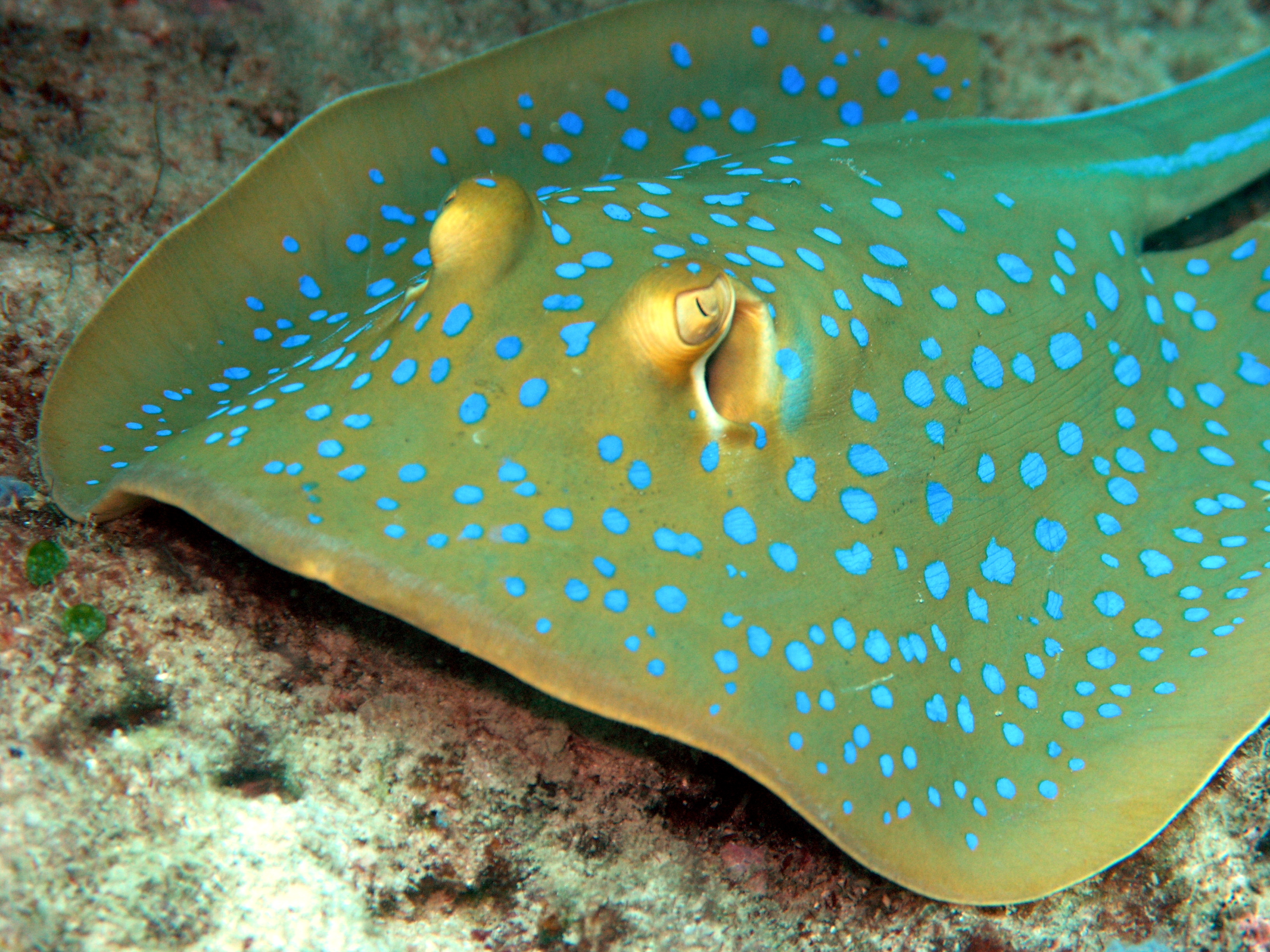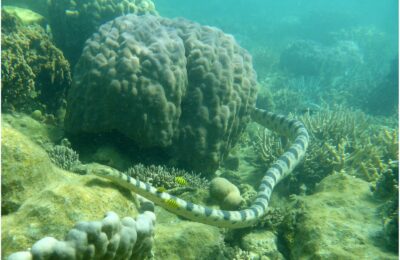The Arctic is experiencing dramatic changes in sea ice. How will this warming affect the marine life? Scientists find there may be an increasing threat to the already endangered bowhead whale. What it is may surprise you.
Citation: Willoughby, A.L., Ferguson, M.C., Stimmelmayr, R. et al. Bowhead whale (Balaena mysticetus) and killer whale (Orcinus orca) co-occurrence in the U.S. Pacific Arctic, 2009–2018: evidence from bowhead whale carcasses. Polar Biology, (2020). https://doi.org/10.1007/s00300-020-02734-y
Bowhead whales: A soon to be myth?
The Bering, Chukchi, and Beaufort Seas surround Alaska and host a variety of marine species. One of importance is the bowhead whale (Balaena mysticetus), which has been endangered under the U.S. Endangered Species Act since 1973. Bowhead whales are the only baleen whales in the Arctic and subarctic waters, and the only living species of the genus Balaena. Bowhead whales were once relentlessly hunted during commercial whaling which severely reduced their population. Currently, they are hunted by aboriginal whaling communities who depend on them for subsistence, as well as for spiritual and cultural purposes.
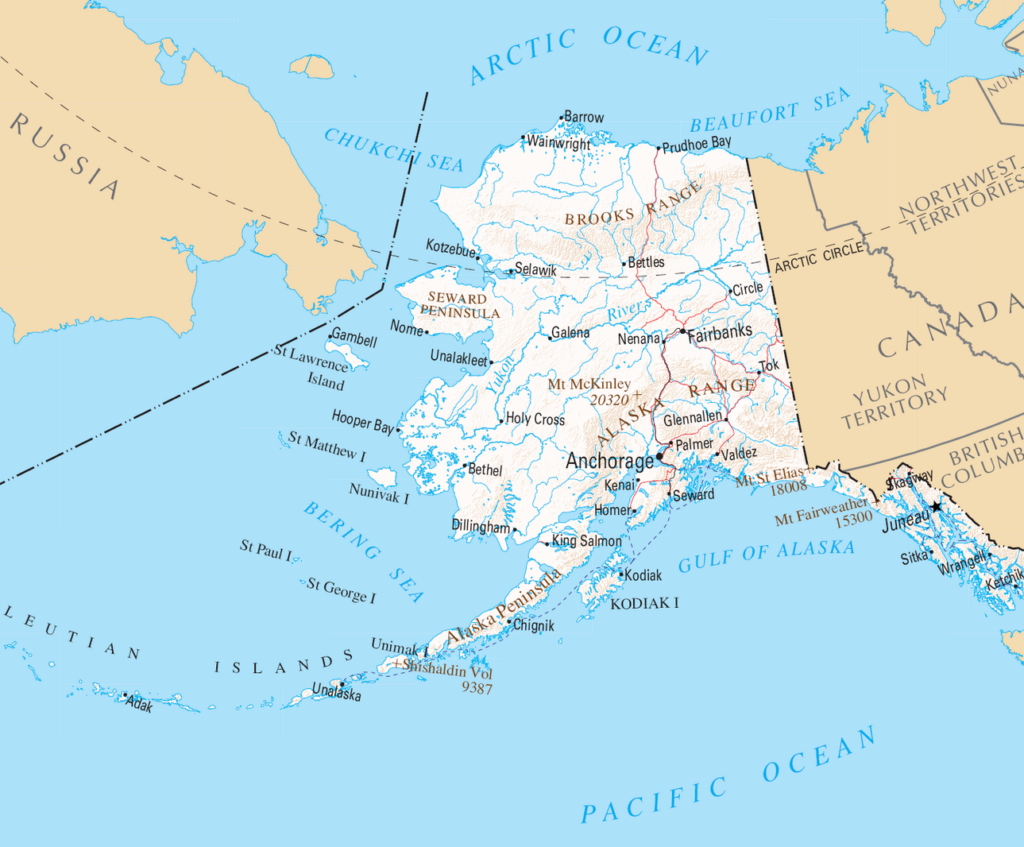
Bowhead whales prefer to live in ice-covered waters. Bowheads are named for their large skulls, which they use to break through the Arctic ice. They migrate in April and May from the Bering Sea to the Chukchi Sea where they stay from December to March and then finally migrate to the Northern Beaufort Sea which is their home from June to October. The ice coverings there serve as protection from their predators. Surprisingly, their only natural predator is the killer whale (Orcinus orca), who also lives year-round in the Bering Sea and travel throughout the Pacific Ocean. However, killer whale attacks on bowhead whales were previously a rare occurrence in the Bering, Chukchi, and Beaufort Seas since killer whales were inhibited by sea ice and often hunted smaller prey instead.
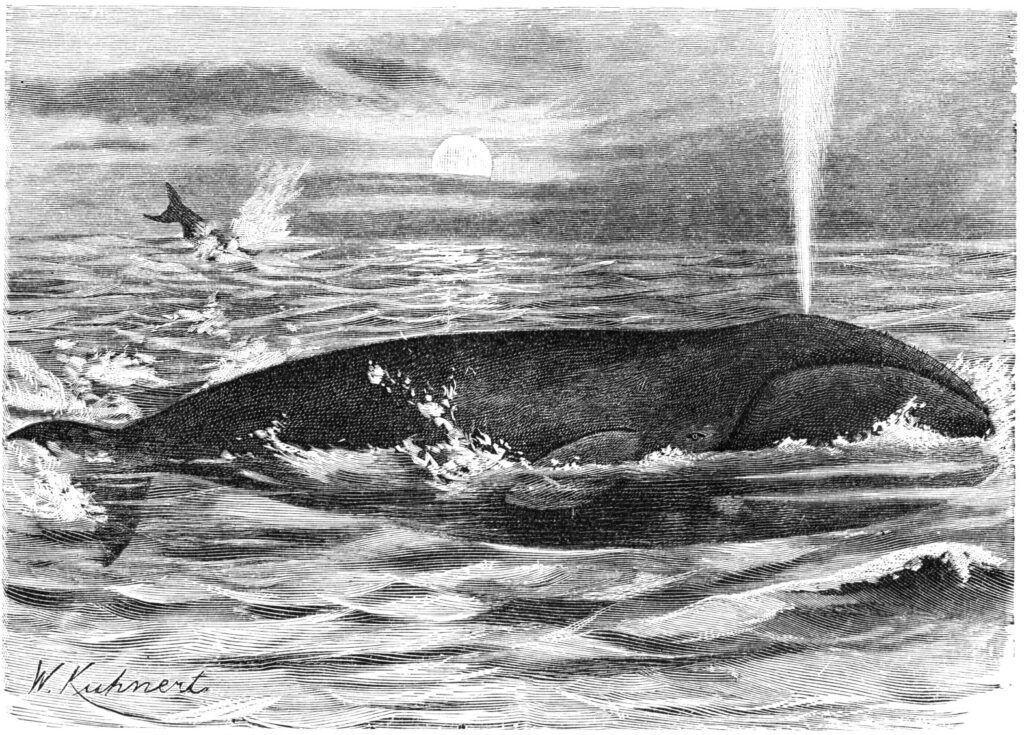
Recently more bowhead whale carcasses began appearing with little explanation. Scientists were interested to find out more about the behavior and abundance of the bowhead whale in the Bering, Chukchi, and Beaufort Seas due to their endangered status and ecological importance.
The study
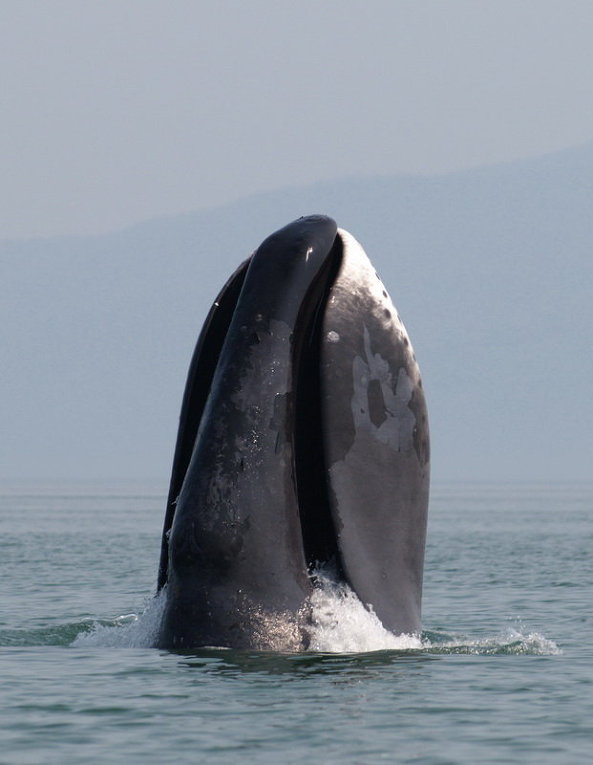
Scientists have been collecting data in the Arctic Seas off the Alaskan coasts from 2009 to 2018. They surveyed in total 242,000 kilometers squared by plane from July to October each year. Scientists stared out the windows, hoping to observe marine mammals (dead or alive), and then documented location data using GPS software.
When a dead bowhead whale was found, the researchers took pictures to verify the species and the level of decomposition. Afterward, the pictures were examined by biologists and wildlife veterinarians to determine the cause of death as:
1. Probable killer whale predation
2. Aboriginal subsistence hunting, or
3. Could not be determined
Scientists found that 18 of the 33 bowhead whales documented were victims of killer whale attacks. Four whales were struck during aboriginal subsistence hunting and 11 carcasses’ cause of death could not be determined.
The Orca’s history as a ‘killer’
The killer whales had produced severe fatal injuries to the bowhead whales. They bit them, eviscerated abdomens, and peeled or skinned away the blubber from their bodies. They even removed tongues or throats from the whale or tore tissue from mouths, flippers, and flukes.
Killer whales have always been smart hunters. In whaling times, they would use acoustic signals from whaling ships to help locate whale carcasses that would often be nearby. Killer whales hunt in groups or pods and tend to leave most of their whale prey behind. They have also been reported to bite and hold onto a whale’s fins to slow them down, or drown them by covering their blowholes while holding them underwater.
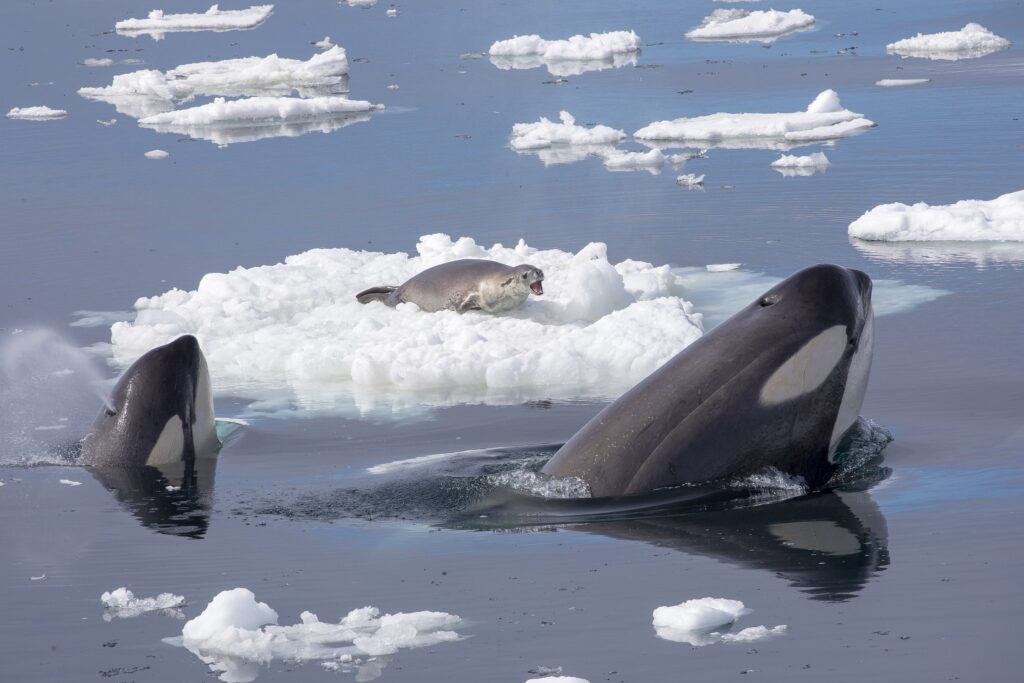
As the ice melts…
Scientists found that killer whales have been targeting bowhead whales in the Bering, Chukchi, and Beaufort Seas more so in recent years. This could be related to the dramatic sea ice reduction in the Arctic due to climate change. The region is shifting to one with less snow and ice and more open water and rain.
The reduction in the amount of frozen cover to protect bowhead whales means they have less safety from killer whales. Furthermore, killer whales can move and hunt more easily in areas that they previously could not due to the presence of sea ice. Bowhead whales migrate to avoid killer whales, but as the reduction of sea ice cover continues, the northern seas will also provide little protection. As the ice melts in the Arctic, it is important to assess the ecological impacts. In this case, the potential loss of bowhead whales means they may become another thing of the past, only heard about in ocean folklore.

I have always been happiest in nature – exploring forests, traveling to the ocean, or working with wildlife. After obtaining my MSc in Marine Environmental Management at the University of York, I have worked in conservation and marine science around the world. I have a special affinity for corals, cuttlefish, and cetaceans.
The sea, once it casts its spell, holds one in its net of wonder forever. – Jacques Cousteau

